Exploring the Delightful World of Mochiko, Joshinko, and Shiratamako: Japanese Culinary Treasures
Exploring the Delightful World of Mochiko, Joshinko, and Shiratamako: Japanese Culinary Treasures
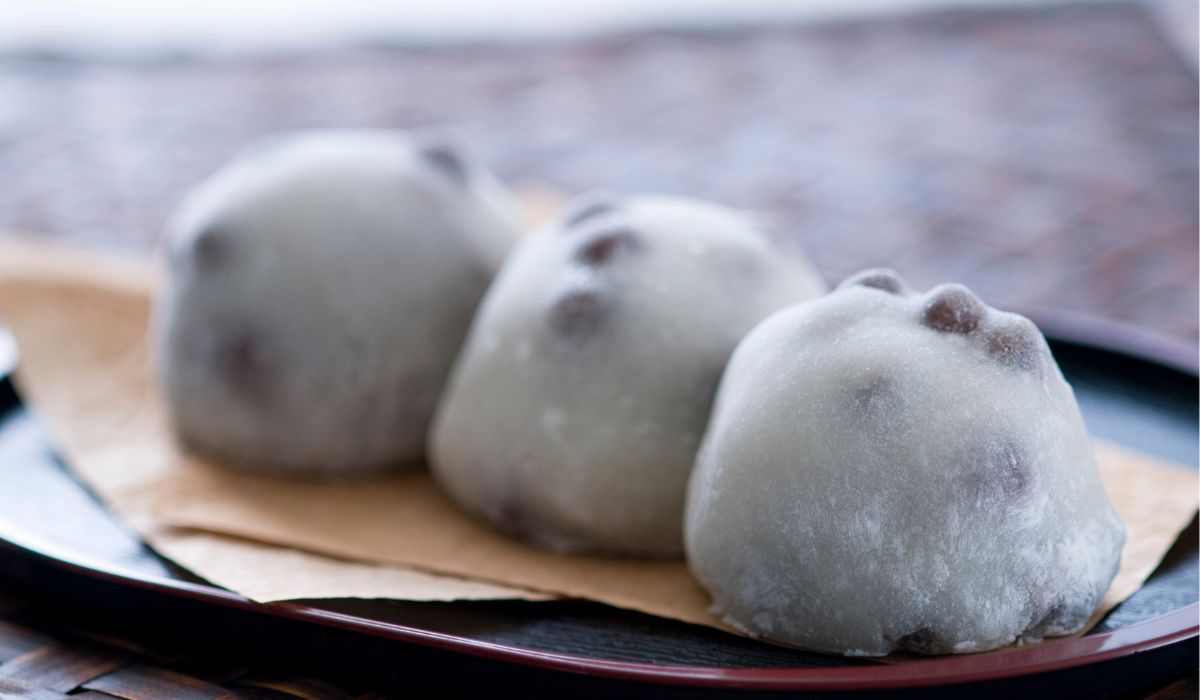
When it comes to Japanese sweets, you cannot miss mochi or daifuku. Did you know that there are various types of flours used to make mochi: Mochiko, Joshinko, Dango flour, and Shiratamako?
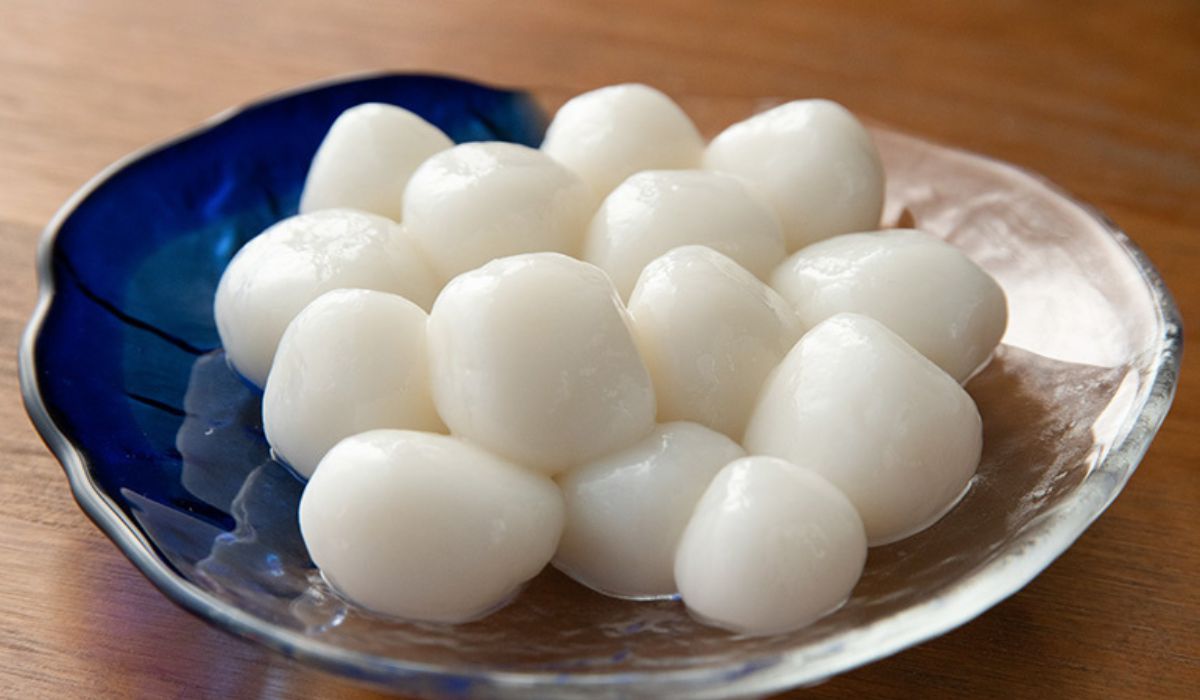
Mochi flour is made by grinding glutinous rice into a powder, and is used to make gyuuhi and daifuku. Dough made from glutinous rice flour is characterized by its stickiness like rice cakes and its ability to spread well.
Joshinko, on the other hand, is made by grinding Uruchi rice into a powder, and is used to make dango (rice dumplings), kashiwa-mochi (rice cake with sweet bean paste), and uiro (sweet dumpling). Compared to glutinous rice flour, Joshinko has a higher percentage of amylose, making it crispier and less sticky. To make it stickier, it is sometimes kneaded or pounded after heating before use.
Dango flour is a blend of Uruchi rice and glutinous rice, and has both the firmness of Joshinko and the stickiness of glutinous rice flour. Unlike joshinko, dango flour does not need to be kneaded after heating to produce a dough with the right consistency, making it easy to make dango.
So, what kind of flour is shiratama flour? In the picture below, you can see that shiratama flour looks different from other flours.
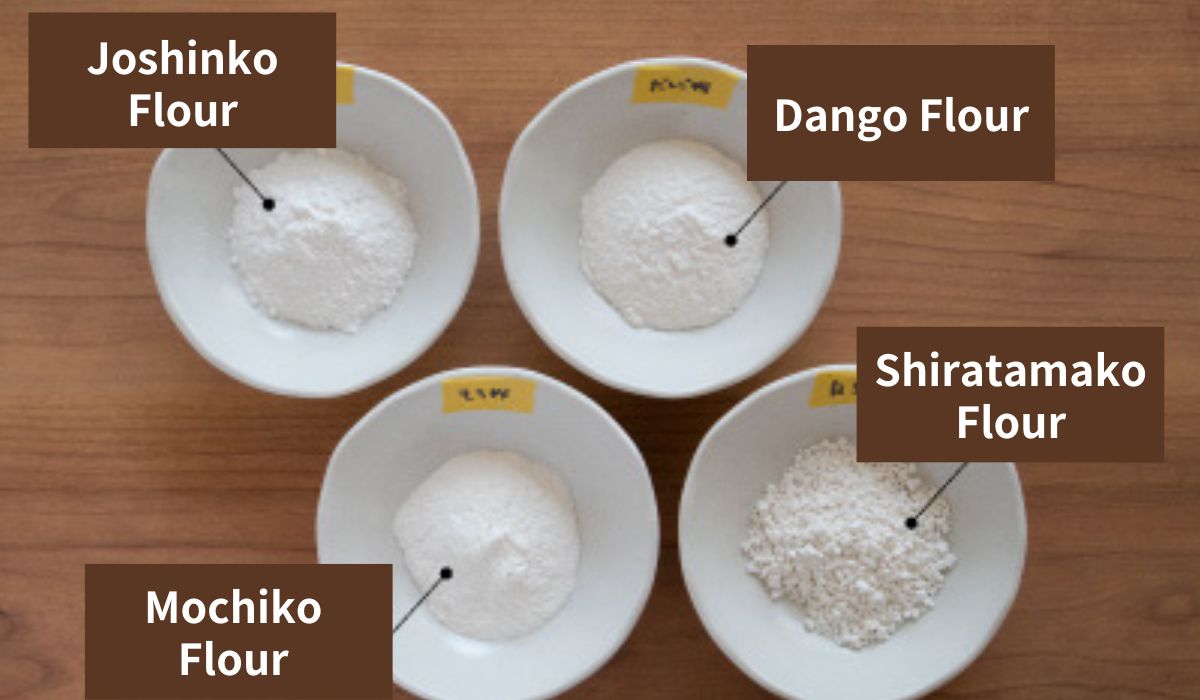
This is because only Shiratamako is produced in a different way. While the other three types of flour are made from rice that has been crushed into a powder, shiratamako is made by processing glutinous rice and extracting mainly the starch part. It is made by soaking glutinous rice in water, grinding it finely while adding water, and drying the precipitated mixture. Compared to other flours, it is a little more expensive because it takes more time and effort to manufacture.
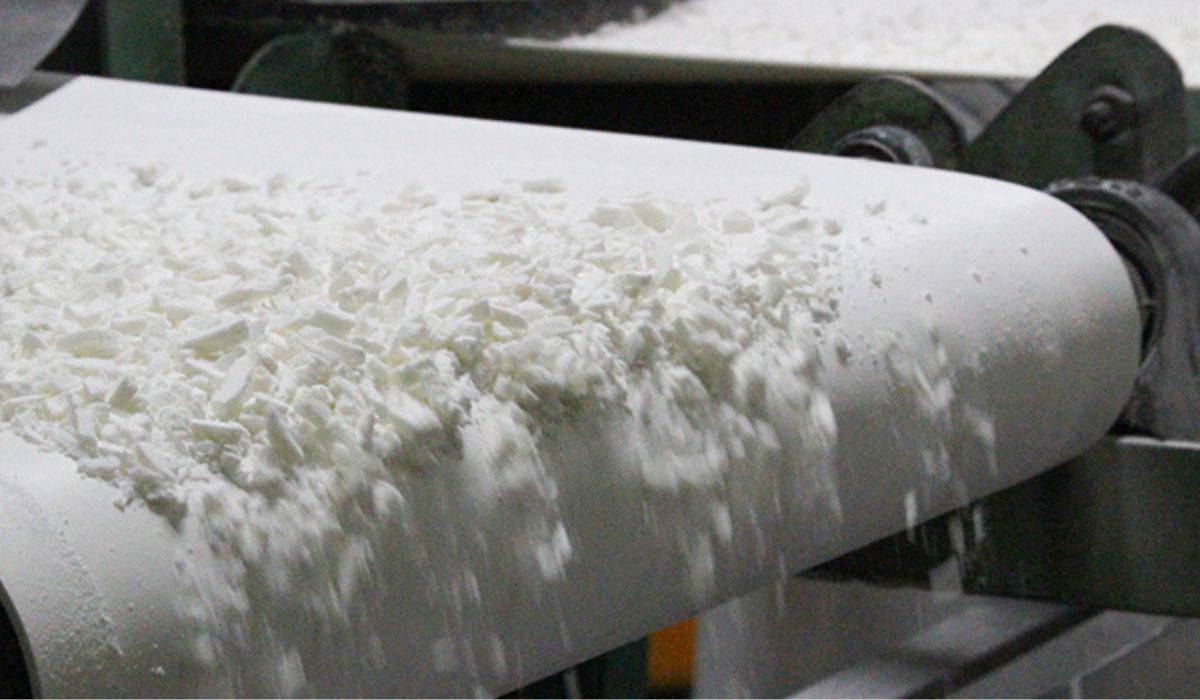
Shiratama dumplings have a cool and refreshing texture and are recommended for cold summer desserts such as chilled zenzai(sweet red bean soup) etc.
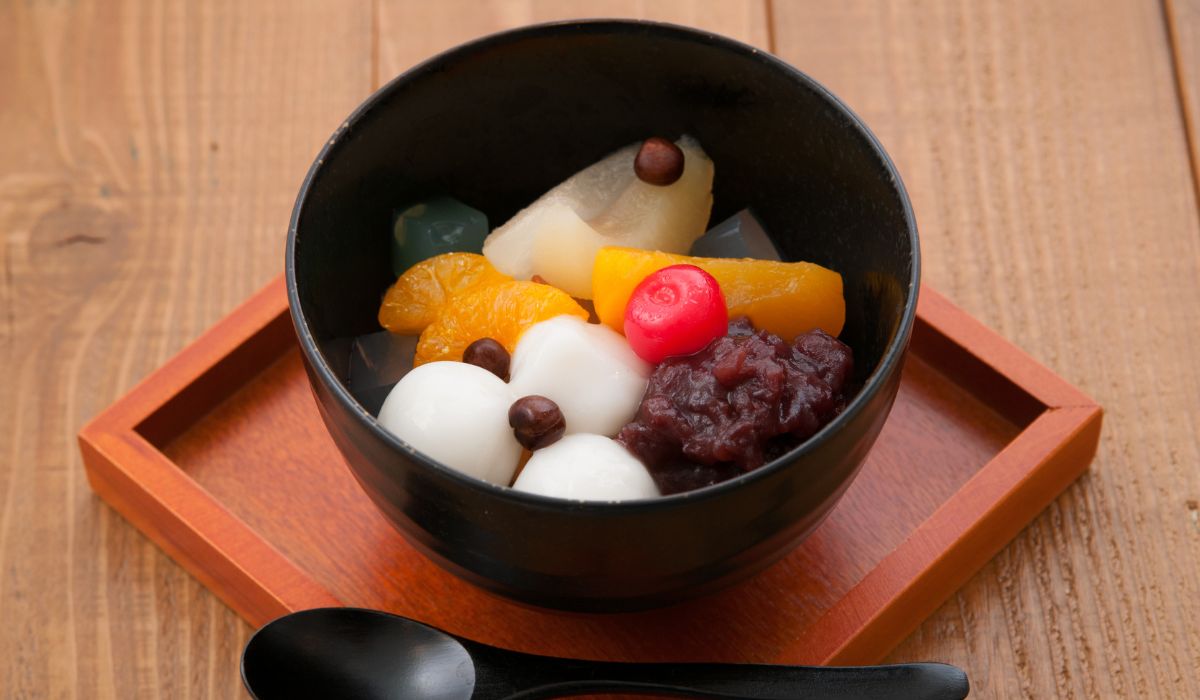
Dumplings made of mochiko are soft and thick, and go well with hot zenzai.
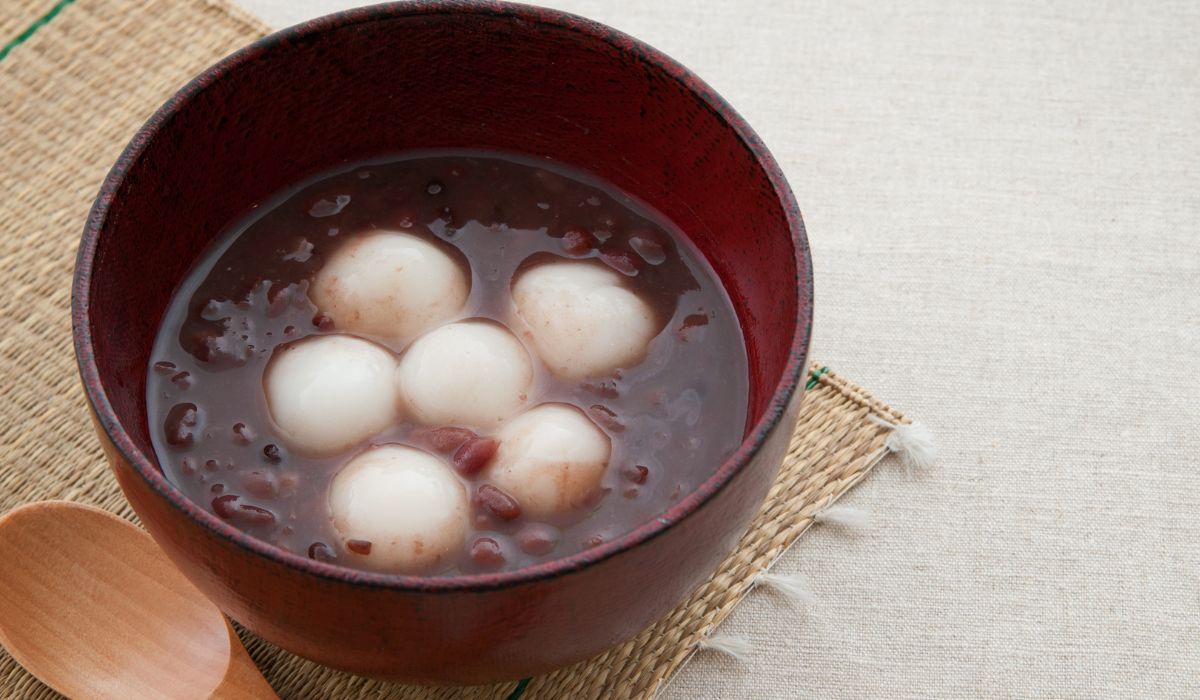
Dango dumplings made from dango flour are perfect for topping with red bean paste, soybean flour, or mitarashi bean paste.
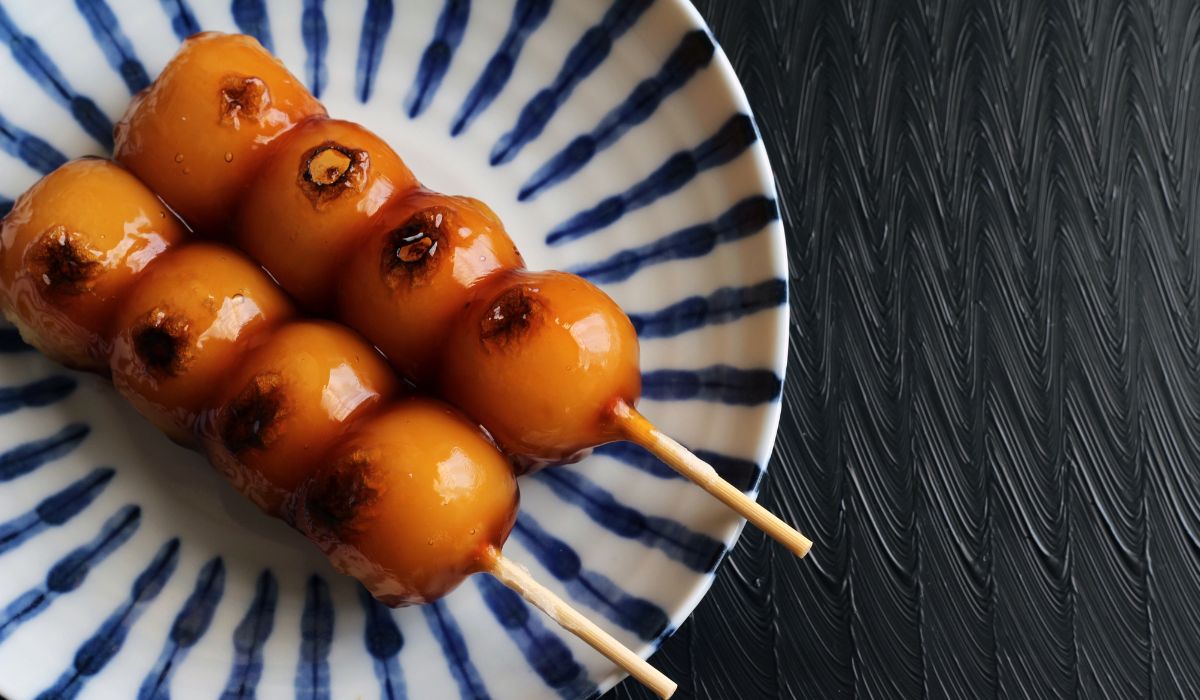
Joshinko flour doesn't get very sticky, so it is often used in Japanese confectionery after heating and kneading, but it can also be eaten as is. Try it with red bean paste or soybean flour as well as dango flour. Since it contains a lot of amylose, it tends to age easily, so it is best to eat it the same day it is made.
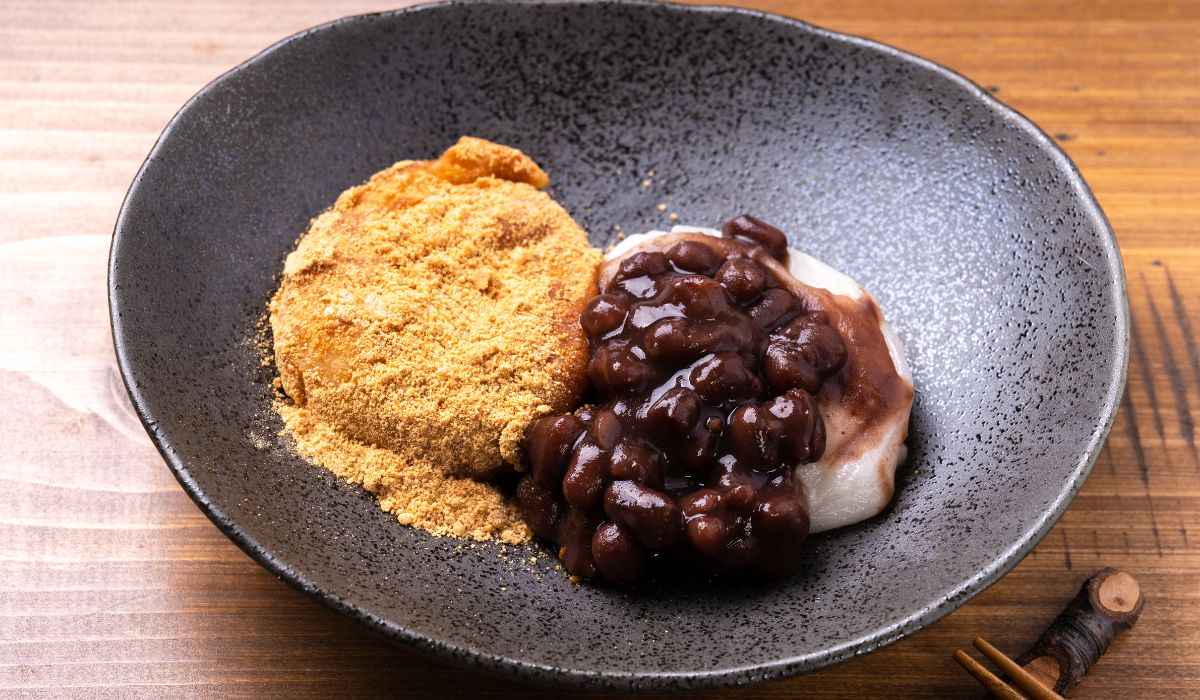
Everyone loves the sticky texture of mochi.
Why not try different flours and find your own favorite?
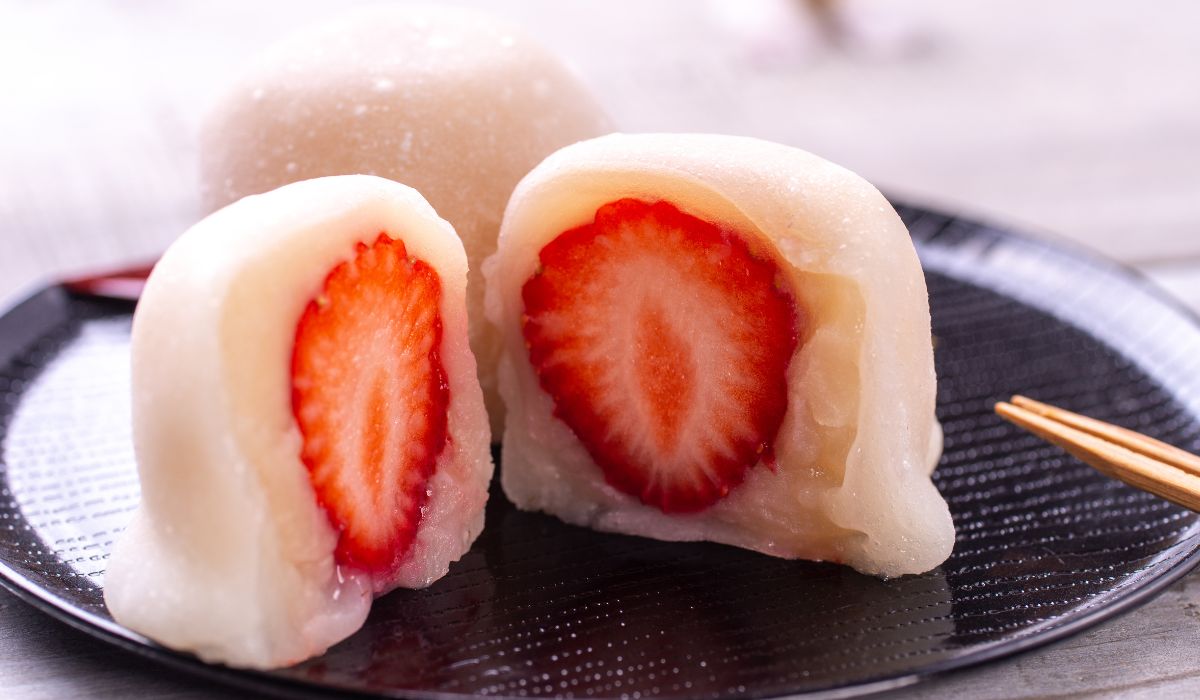
You can get shiratamako on Amazon.com!
Visit our store on Amazon.com and explore for what you like!

Facebook Comments